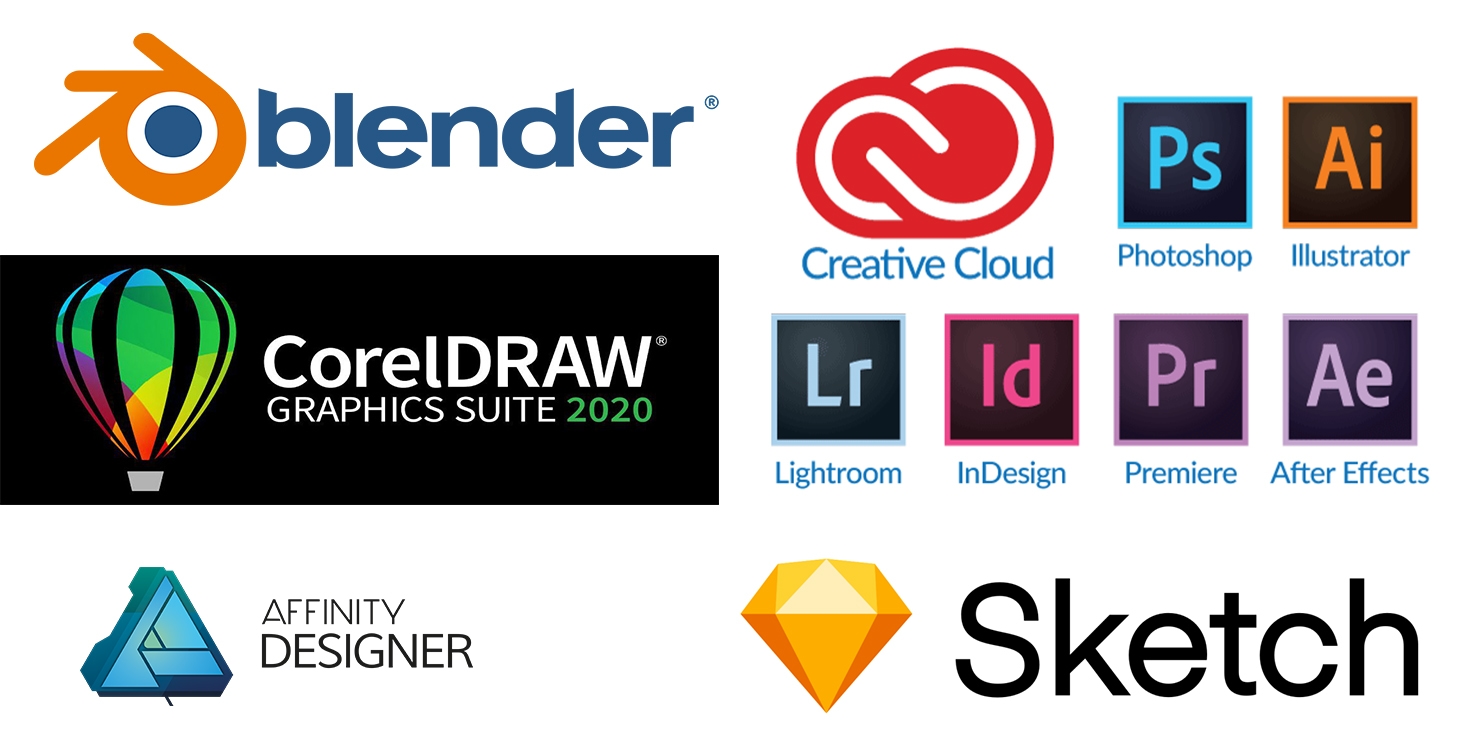Altiplano Design Insights
Exploring the beauty and creativity of design in everyday life.
Graphic Design Software: Your New Best Friend or Frenemy?
Is graphic design software your creative ally or a frustrating foe? Discover the surprising truth in our latest blog!
Top 5 Graphic Design Software That Can Transform Your Creative Process
In the ever-evolving world of graphic design, having the right software can make a significant difference in your creative process. Whether you're a seasoned professional or an aspiring designer, the software you choose can enhance your productivity and inspire innovative work. Here are the top 5 graphic design software options available today that can genuinely transform how you approach your projects:
- Adobe Illustrator - Renowned for its vector graphic capabilities, Illustrator provides artists and designers with the tools necessary to create stunning visuals with precision.
- CorelDRAW - This versatile software offers a range of tools for graphic design, from illustration to page layout, making it a favorite for many professionals.
- Canva - Perfect for those who prefer quick and easy design solutions, Canva enables users to create stunning graphics with its intuitive drag-and-drop interface.
- Sketch - Highly popular among web and mobile designers, Sketch offers a streamlined interface and powerful features tailored for digital design.
- Affinity Designer - An affordable alternative to Adobe products, Affinity Designer offers a robust set of tools for both vector and raster graphics.

Is Graphic Design Software Making Designers Obsolete? A Deep Dive
The advent of graphic design software has undoubtedly transformed the creative landscape, leading many to question whether these tools are pushing designers towards obsolescence. With powerful applications that can generate stunning visuals with merely a few clicks, the ability to create complex designs has become more accessible than ever. This democratization of design means that individuals without formal training can produce appealing graphics, which raises concerns about the future role of traditional designers. However, while these technologies streamline certain processes, they lack the nuanced understanding and creativity that experienced designers bring to the table.
Moreover, the argument that graphic design software makes designers obsolete overlooks the critical role of human intuition and artistic vision. Although software can automate various tasks, it cannot replicate the emotional intelligence and contextual awareness necessary to craft a meaningful design that resonates with an audience. The future of design is likely to be a collaboration between advanced tools and skilled professionals, where technology enhances creativity rather than replaces it. By embracing these advancements, designers can redefine their roles, utilizing software to enhance their capabilities while focusing on the artistic elements that only they can provide.
Graphic Design Tools: Friend or Foe in the Creative Industry?
The debate surrounding graphic design tools often pivots between their role as a friend or foe in the creative industry. On one hand, these tools—ranging from user-friendly software like Canva to advanced programs like Adobe Creative Suite—significantly enhance productivity and streamline workflows. Designers can experiment with colors, layouts, and typography in ways that were previously time-consuming and complex. With these tools at their disposal, the creative process becomes more efficient, allowing for greater focus on innovation and creativity. Additionally, they democratize design, making it accessible to non-designers who can bring their visions to life without extensive training.
Conversely, some argue that an over-reliance on graphic design tools can stifle creativity and reduce the uniqueness of designs. As more individuals use the same templates and stock elements, there's a risk of homogenization in visual outputs. This could lead to a saturation of similar styles within the industry, making it difficult for brands to stand out. Furthermore, the ease of access to these tools may encourage a superficial understanding of design principles, ultimately undermining the skills of trained professionals. Striking a balance between utilizing technology and honing one's creativity remains essential for success in the competitive field of graphic design.